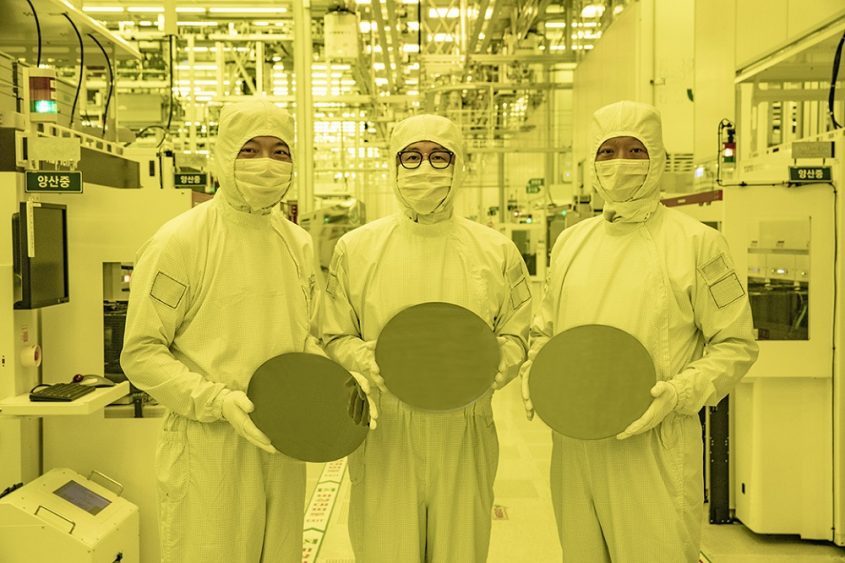Arm, Samsung working together on next-gen 2nm chips — will co-optimize Cortex-A and Cortex-X cores for gate-all-around transistors
Maximizing performance and minimizing power.

Design collaboration between the IP developers and foundries is crucial for maximizing performance and minimizing power consumption of circuits. On Tuesday, Arm and Samsung announced that they would jointly optimize the design of Arm's next-generation high-performance Cortex-X and Cortex-A cores for Samsung's upcoming process technologies that rely on gate-all-around (GAA) multi-bridge-channel FET (MBCFET) transistors.
The collaboration is focused on optimization of Arm's Cortex-A and Cortex-X general-purpose CPU cores for Samsung's next-generation 2nm-class process technology, though the companies does not disclose whether they intend to tailor Arm's IP for Samsung's SF2 production node expected in 2025 or the SF2P fabrication process projected to arrive in 2026.
Arm and Samsung said that they would tailor Arm's Cortex-A and Cortex-X cores for a wide range of applications, including "next-generation datacenter and infrastructure custom silicon," smartphones, and various chiplet-based solutions that need high-performance general-purpose CPU cores.
"Optimizing Cortex-X and Cortex-A processors on the latest Samsung process node underscores our shared vision to redefine what's possible in mobile computing, and we look forward to continuing to push boundaries to meet the relentless performance and efficiency demands of the AI era," said Chris Bergey, SVP and GM of the Client Business of Arm.
As a result of the joint work between Arm and Samsung, customers of the two companies will be able to license Samsung 2nm-optimized versions of Cortex-A or Cortex-X cores, depending what they need, for their custom designs. This will simplify the development process and speed up time-to-market, which potentially means that we might see Samsung-made 2nm designs for datacenter and adjacent applications rather sooner than later. For now, however, Arm and Samsung are tightlipped about when they expect the first fruits of their collaboration to be available for their joint customers.
Unlike FinFET transistors, which are widespread today, GAA nanosheet-based transistors can be tuned in various ways to maximize performance, optimize power consumption, and/or maximize transistor density. Therefore, we expect quite promising results from this collaboration between the two technology giants.
While Arm's Cortex-A and Cortex-X cores are similar in terms of architecture, Cortex-X tend to have performance optimizations that allow them to run faster. These cores should realize significant benefits from the design-technology co-optimization (DTCO) by Arm and Samsung when they arrive, some time in the next couple of years.
Get Tom's Hardware's best news and in-depth reviews, straight to your inbox.

Anton Shilov is a contributing writer at Tom’s Hardware. Over the past couple of decades, he has covered everything from CPUs and GPUs to supercomputers and from modern process technologies and latest fab tools to high-tech industry trends.
-
gg83 I would imagine that most of the big players collaborate with their foundry of choice. Amd with TSMC and Nvidia with anyone they choose at the time, right? Or am I missing a step? Architecture influencing the foundries transistor design.Reply -
AkroZ Reply
Exactly, they just announced the renew of the partnership contract with an explaination on the benefits. Nothing ground breaking.gg83 said:I would imagine that most of the big players collaborate with their foundry of choice. Amd with TSMC and Nvidia with anyone they choose at the time, right? Or am I missing a step? Architecture influencing the foundries transistor design.
